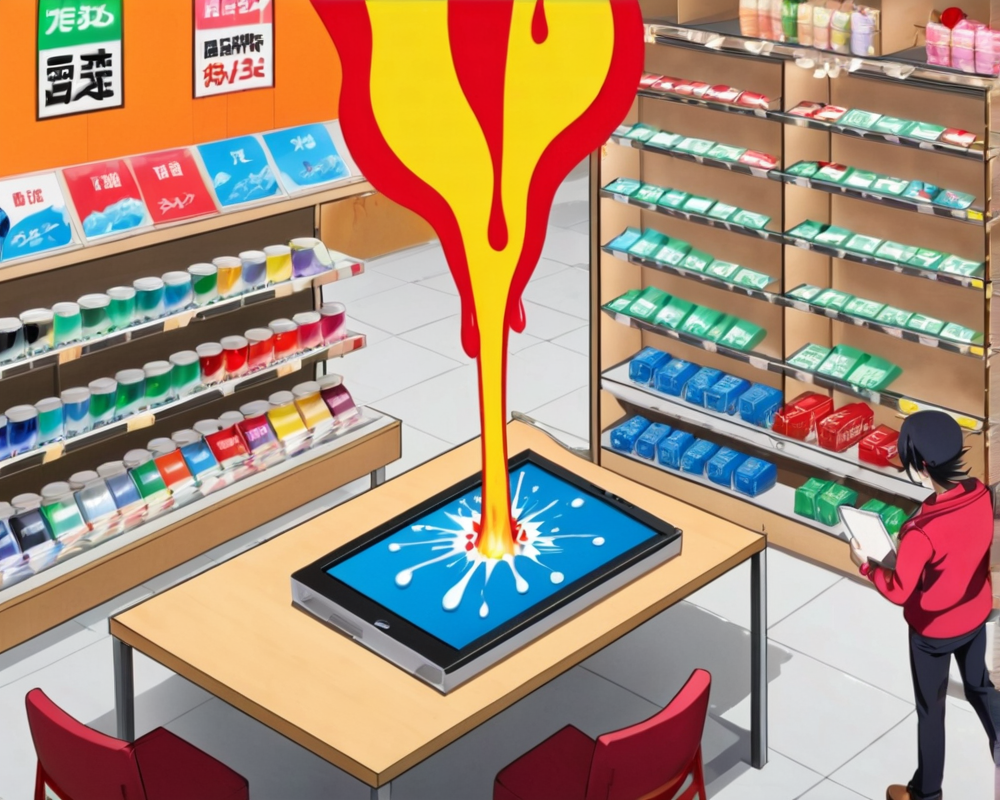The Social Media Mirage
Scrolling through investing-themed social media platforms, it’s easy to be dazzled by a few traders racking in gains like they’ve found the golden ticket to Willy Wonka’s Chocolate Factory. However, what you might not see is the art of cherry-picking success, where only the glory moments get showcased while the crash-and-burn tales remain hidden like dirty laundry. The allure of flashy digits and influencers promising the moon can make anyone think they’re the next Warren Buffet. Spoiler: they probably aren’t.
The Harsh Reality of Trading Losses
Brace yourself: the statistics aren’t cuddly—it’s like learning that your favorite childhood hero was a supervillain. According to various studies, a whopping 69% to 84% of retail traders lose money. Yes, you heard right! Even the likes of eToro see nearly 80% of its users parting ways with their cash over a year. It’s as if they’re running a money-losing contest. So, what’s the deal? Why do so many traders struggle? Let’s dive deeper.
Shaky Infrastructure and Downtime Dilemmas
Picture this: you’re ready to ride the market wave, adrenaline pumping, and—boom! The exchange’s servers decide to take a vacation right when volatility strikes. In June 2021, Robinhood was slapped with a hefty $70 million fine due to such outages, leaving countless traders feeling like they’d ridden a rollercoaster with no safety harness. Similarly, the London Metal Exchange faced chaos, wiping out trades to contain a crisis. These moments teach us that trading isn’t just about skill; it’s also about timing—and the uptime of your chosen platform.
The High-Frequency Trading Machine
Ever wonder why your friend seems to win every trade? Hint: It’s not luck. High-frequency traders pull rabbits out of hats using fancy equipment, like colocated servers that minimize delays, making it feel like they’re playing chess while you’re still figuring out checkers. With unlimited funding and seven-figure investments, they deploy strategies that can easily leave retail traders eating dust. So, while you’re dreaming of gains, remember: these folks are in a different league.
The Save Yourself Strategy: Step Back for Success
So, what’s a retail trader to do? First off, think long-term. Consider strategies like dollar-cost averaging, buying at fixed intervals to smooth out market dance-offs. And let’s be real: if leverage is a tempting siren, it’s something best avoided, lest you find yourself shipwrecked on a deserted financial island.
“It’s not enough to just want to be profitable; you need to understand the landscape, biases, and players involved.”
The truth is, the market isn’t built for the casual participant; it’s more of a high-stakes poker game where the odds are stacked against you. Embrace a mindset of steady investment over rapid trading, ignore the noise, and learn to navigate the turbulent waters of personal finance with a blend of savvy, patience, and humor!



